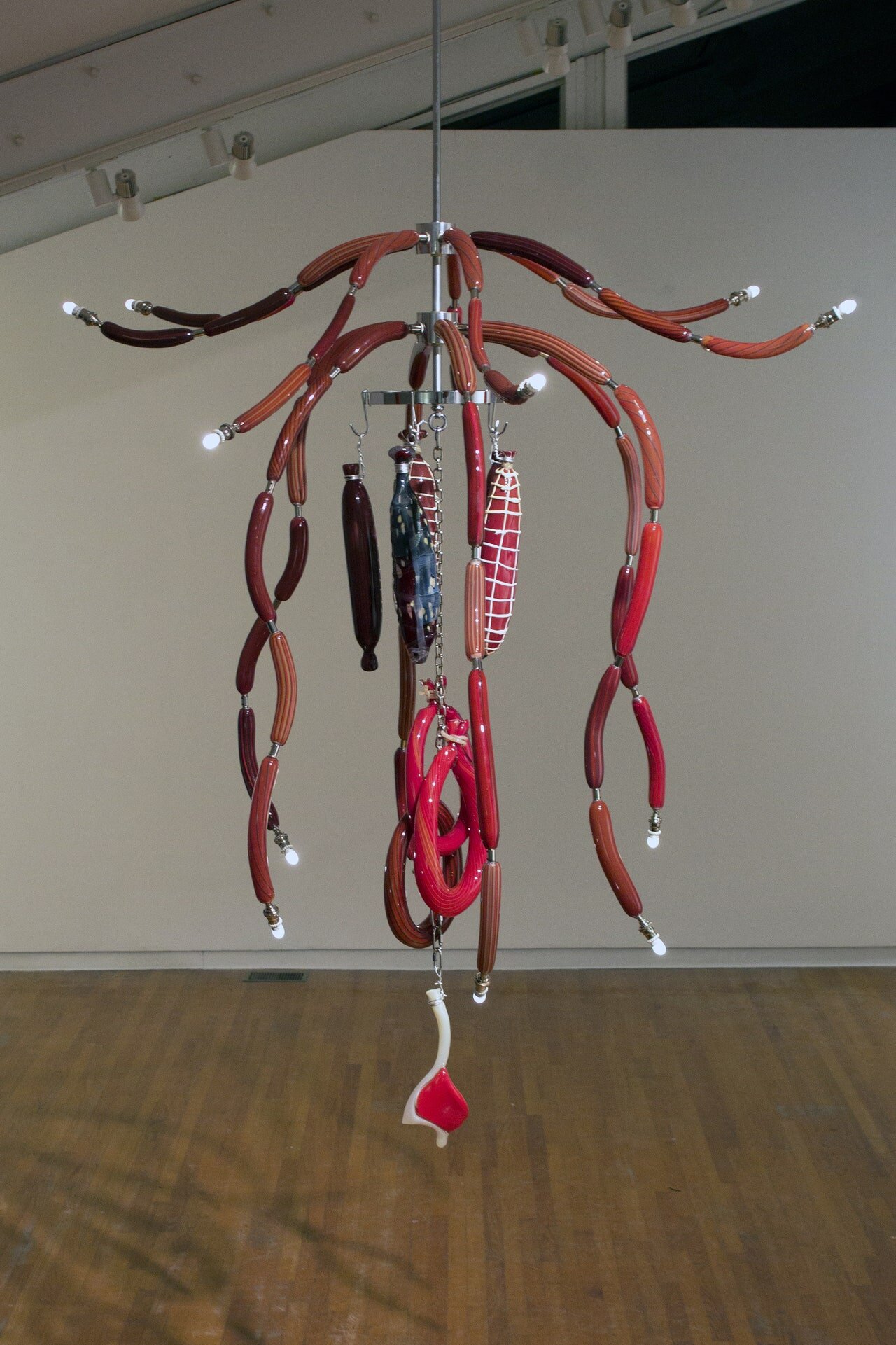9 Contemporary Glass Artists You Need to Know
Jeroen and Joep Verhoeven
Capturing delicate bubbles in glass form, Dutch twin designers Jeroen and Joep Verhoeven chose an ironically hard and not-easily-destructible material: iridized borosilicate glass, from which laboratory beakers and Pyrex dishes are made—and in which nuclear waste is immobilized.
Krista Israel
Truly a global collaborator, Dutch artist Krista Israel worked with researchers Ayako Tani (from Japan) and Hans de Kruijk (from the Netherlands) to invent a method to throw glass on a potter’s wheel. Their Lapi Boli Project uses pâte de verre (glass paste) to make small vessels with a rough texture–like unfinished ceramic. Says Anjali Srinivasan, a “New Glass Now” curator: “The project . . . reminds me that reassessing even the oldest technologies can generate pathbreaking shifts in habits, and change preconceived notions about process.”
Deborah Czeresko
Traditionally a male craft, glassmaking is subverted by American artist Deborah Czeresko in the form of a “meat chandelier.” Chops, links, and salami are painstakingly made in the traditional striped Venetian technique for blown glass and then fixed with lights in a feminist statement fit for a palatial home.
Nickolaus Fruin
In a chemical feat that produces swirling patterns, U.S.-based artist Nickolaus Fruin uses traditional techniques to combine two kinds of clear blown glass: his own invented mix and a common soda-lime one used for everything from windowpanes to drinking glasses. Because they have different refractive indexes, the twisting cane appears subtly inside the layers.
Juli Bolaños-Durman
Using both found and blown glass, Costa Rican artist Juli Bolaños-Durman invents sculptures that evoke the playfulness of Postmodernism while emphasizing the historical canon of the medium through physical fragments.
C. Matthew Szösz
Pushing the possibilities of the medium with methods that span history, American designer C. Matthew Szösz creates a glass basket—first making glass fiber with a 19th-century ropemaking machine and then weaving it into basket form and firing it over a refractory core. Curator Silbert delights in the work, saying it “scratches the itch of any glass enthusiast eager to see the material stretched to its technical and aesthetic limits.”
Austin Stern
American artist Austin Stern’s colorful figures combine complex Venetian glassblowing methods with cartoonlike forms, in a nod, says Silbert, to the Funk art movement that originated the studio glass medium in the United States. “Makers are interested now in going back to the 16th- and 17th-century exploration of glass technique rather than in making the most beautiful or best object,” she says. In this way, Stern’s works “perfectly encapsulate the current state of American glassblowing.”
Rui Sasaki
Japanese artist and educator Rui Sasaki, winner of the museum’s 2019 Rakow Commission, has created an installation of 200 blown-glass raindrops containing phosphorescent material whose broad spectrum lights are motion-activated, turning off when visitors approach. Sasaki explores everyday life—in this case, the gathering of a crowd—through the material.
The Leith Pattern, Mary
Geoffrey Mann
For his place-specific vessel, U.K.-based Geoffrey Mann went to the origin of the green-glass wine bottle. In a bar in Leith, Scotland, he recorded two locals telling the local legend of how the bottle came to be, and then used the sound waves to shape a kiln-cast bottle marrying its form, story, and historical significance.









